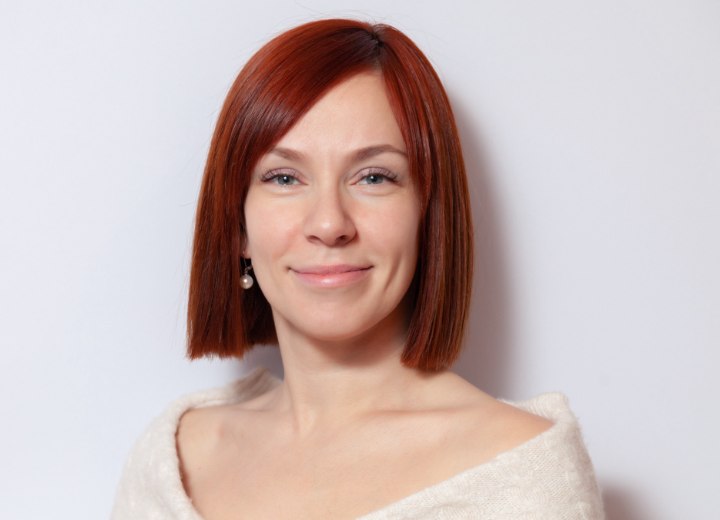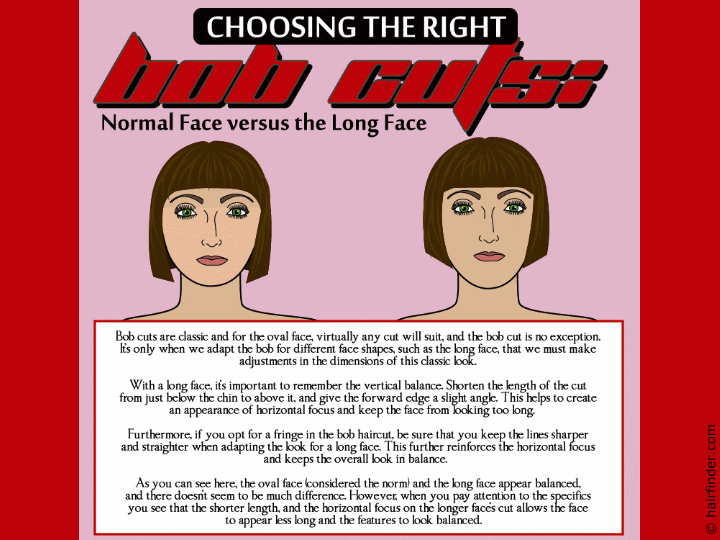The Basics of the Bob Haircut

The bob is simple in its design, and, in many cases, deceptively so. It is a truly precise cut that needs careful execution to create a good-looking style. Typically, the bob is shorter in length, rarely hanging lower than mid-neck depending on the individual. It can be worn with or without bangs depending on style preferences and individual needs, and can be fully symmetrical (evenly executed on each side of the head) or have focal elements to shift the balance and draw attention to desired points.
Use small sections of hair and comb it smoothly, but do not pull or apply tension. Otherwise, you will end up with an uneven cut, as it is almost impossible to keep an even tension throughout the entire cut.
One reason for the bob's longevity and status as THE classic cut is its wide appeal and suitability. The bob can be dressed up and made elegant, or it can be a completely casual cut. It is a cut that is adaptable to almost any individual. It can be adjusted to suit almost any face shape and many hair types, with the exception of extremely curly and kinky or naturally African-ethnic hair. Apart from these hair types, most other challenges to creating the bob for an individual have tips and tricks to adapt them and make them suitable and flattering.
Dealing with Specific Needs when Cutting the Bob Haircut:
How to Cut a Bob for a Long Face

The long face, sometimes referred to as a narrow or thin face, can be problematic when creating hairstyles as many involve the hair hanging down, which emphasizes a vertical focus and makes the face appear even longer. Any cut for a long or narrow face needs to take this into consideration and adapt to counter some of the verticality. The bob can do this quite handily.
Bob cuts are classic, and virtually any cut will suit an oval face, including the bob cut. However, when adapting the bob for different face shapes, such as a long face, adjustments must be made to the dimensions of this classic look.
With a long face, it is important to remember the vertical balance. Shorten the length of the cut from just below the chin to above it, and give the forward edge a slight angle. This helps to create an appearance of horizontal focus and prevent the face from looking too long.
Furthermore, if you opt for a fringe in the bob haircut, be sure to keep the lines sharper and straighter when adapting the look for a long face. This further reinforces the horizontal focus and keeps the overall look in balance.
As you can see here, the oval face (considered the norm) and the long face appear balanced, and there does not seem to be much difference. However, when you pay attention to the specifics, you can see that the shorter length and the horizontal focus of the longer face's cut allow the face to appear less long and the features to look balanced.
Continue reading... Last page
